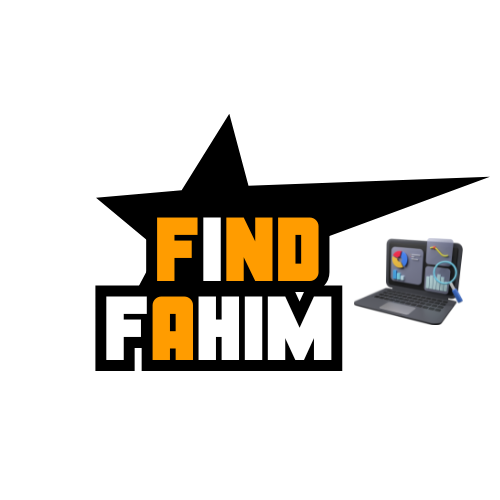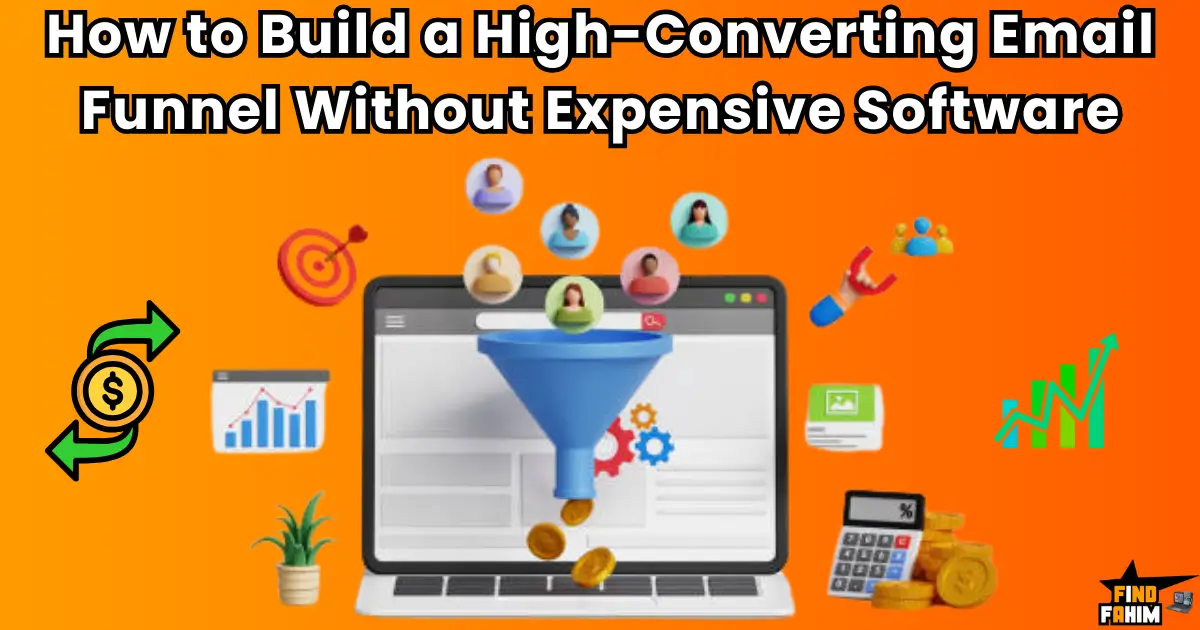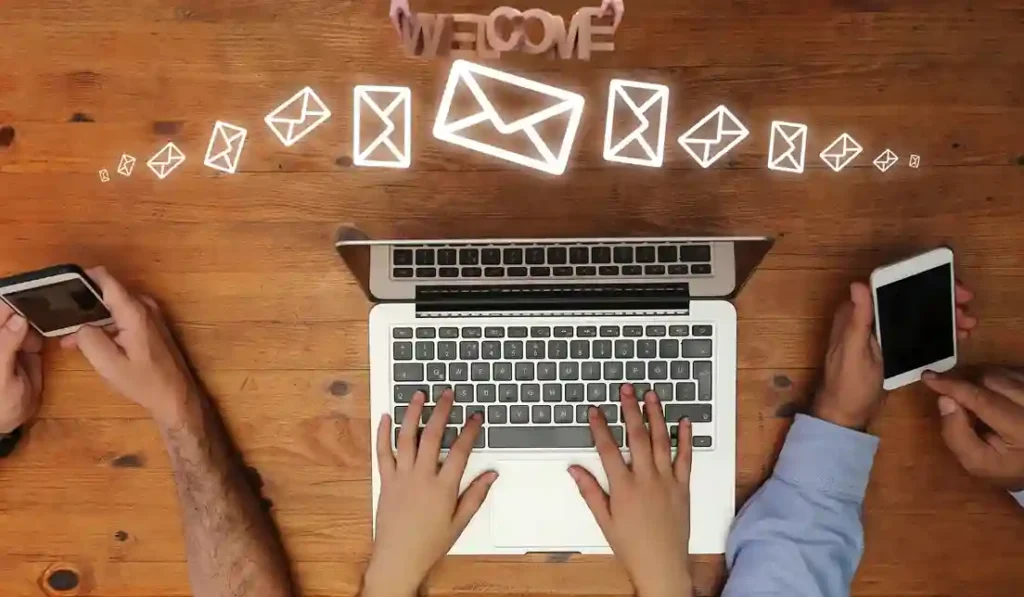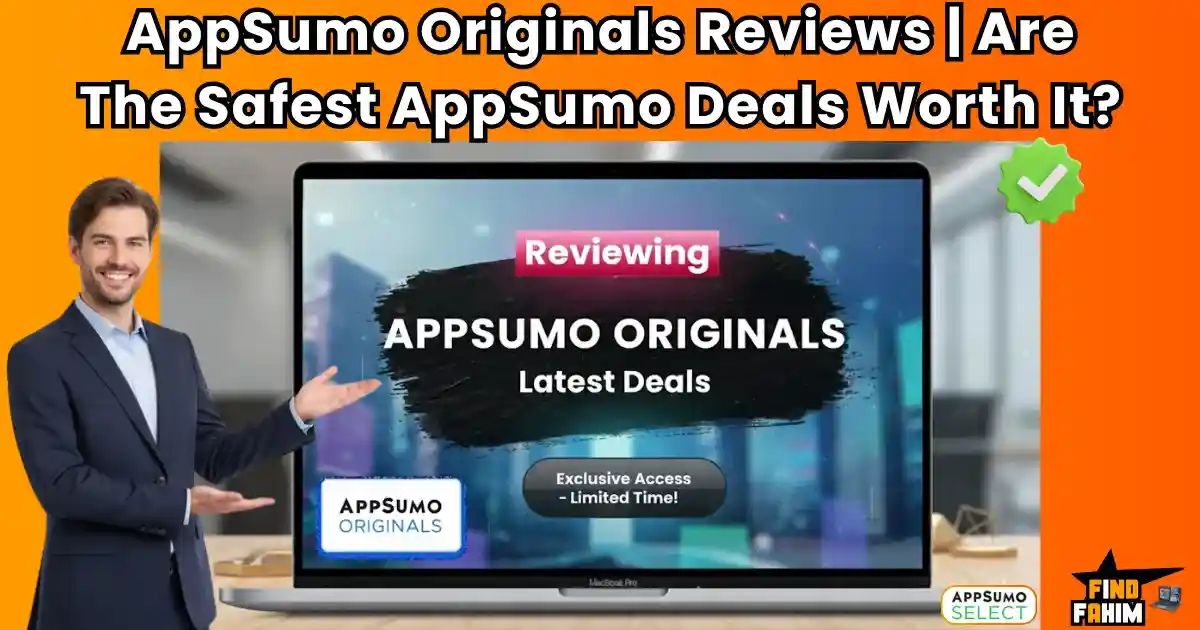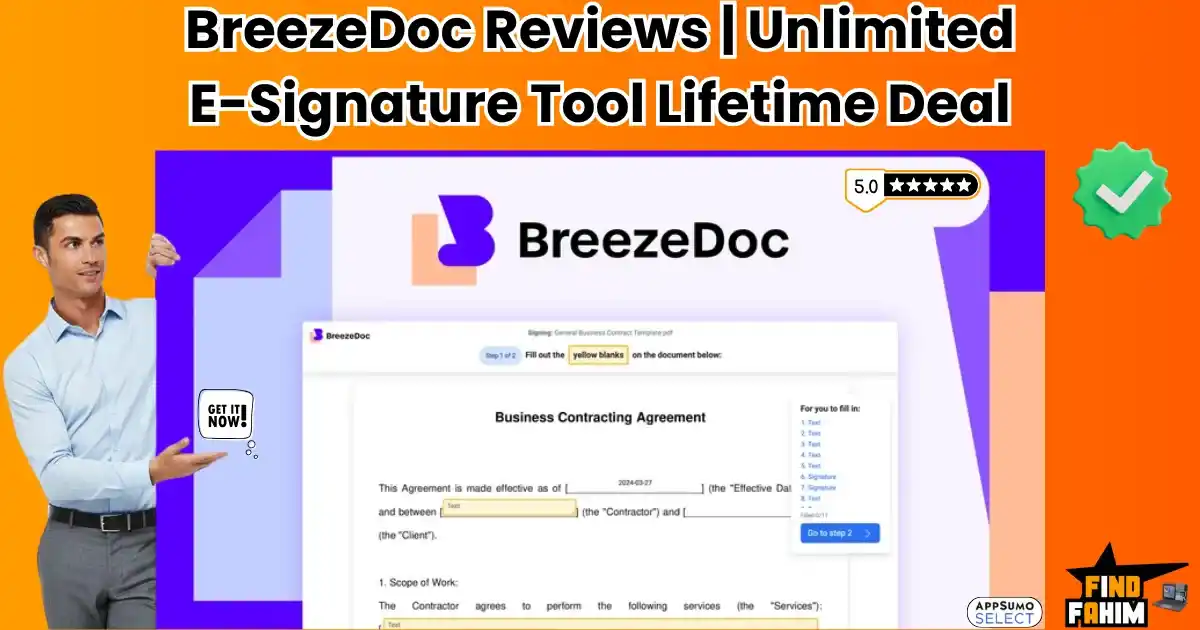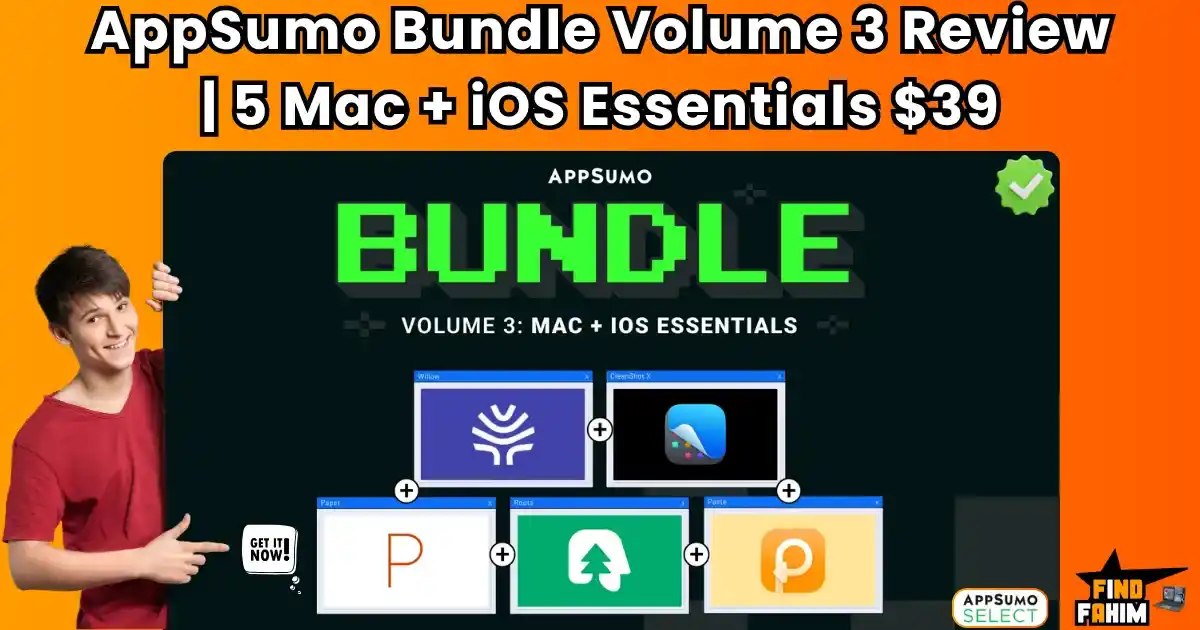Have you ever sighed at a $99/month email marketing tool price tag? You’re not alone. I’ve been there, coffee in hand, staring at that blinking cursor on a pricing page, wondering how small startups with bills and no investors could afford it.
Today, I’m going to show you how you can build a high-converting email funnel without spending a ton of money. We did it using affordable tools, some free, and you can too—even if you’re just starting.
This article will guide you, step by step, through building your funnel—from getting email signups to turning those people into loyal fans or paying customers. And yes, I’ll also share the tools we used (many from AppSumo) so you don’t need to hunt for them.
Let’s dive in.
Table of Contents
ToggleWhat Is an Email Funnel (And Why It’s Like a Friendly Tour Guide)
Imagine you walk into a big store and nobody greets you. You don’t know where to go, what’s on sale, or what’s best for you.
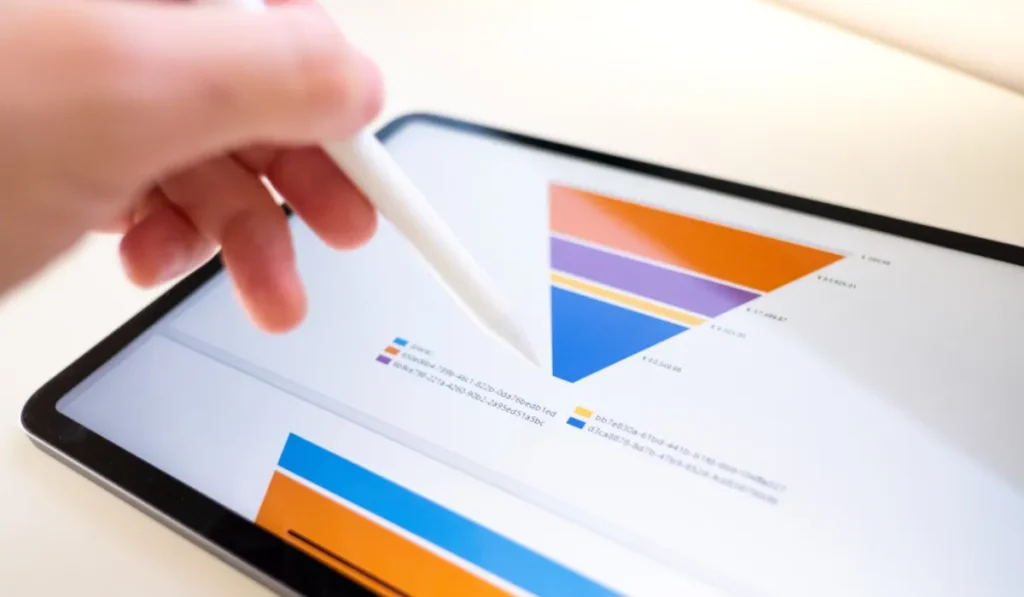
That’s what a website without an email funnel feels like.
An email funnel is like your store’s friendly guide. It helps visitors:
- Understand what you do
- Trust you
- Know how you can help them
- Finally, take action (like buying your product, booking a call, or signing up for something)
Here’s how a basic email funnel usually flows:
- Awareness – Someone finds you through your blog, ad, or social media
- Interest – You offer them something helpful (like a free checklist or guide)
- Decision – They get more value through emails, stories, and trust-building
- Action – You guide them to your offer at just the right time
This works for coaches, freelancers, course creators, SaaS startups, and eCommerce shops—anyone trying to turn visitors into real leads.
And no, you don’t need to pay $500/month to build this.
Step 1: Create a Lead Magnet That Solves a Tiny Problem (Fast)
Before you can send people into your email funnel, you need to give them a reason to enter.
That’s where a lead magnet comes in.
A lead magnet is something free, useful, and easy to consume that you give away in exchange for someone’s email.
It could be:
- A one-page checklist
- A mini eBook
- A Notion template
- A “Cheat Sheet” for beginners
- A short video guide
The key? It must solve a tiny, specific problem fast.
Let’s say you help people with email marketing. You don’t give them a 50-page manual. You give them a “5 Subject Lines That Get 2x More Opens” PDF.
People are busy. Give them something they can use right now.
Here’s a trick we used: We made our lead magnet in Canva (for design), Notion (for content), and even used an AppSumo tool called Tactiq to help turn Zoom transcripts into content quickly.
Pro tip: When you’re thinking of your lead magnet idea, ask:
- “What’s one problem my audience has?”
- “What’s a quick way I can help them fix it?”
Then, just wrap that in a clean PDF or page, and you’re ready.
Step 2: Build a Landing Page That Converts
Now that you have a great lead magnet, you need a place to share it.
That’s where your landing page comes in.
Think of this page as a handshake and a promise. You’re saying:
“Hey, here’s something awesome. Just drop your email and I’ll send it to you.”
Here’s what makes a landing page work:
- A clear, bold headline (tell them the benefit!)
- A quick sentence or two that explains why it matters
- A simple opt-in form (just name + email)
- A visual of your lead magnet
- Maybe a short trust signal, like: “3,000+ people downloaded this already!”
And don’t overcomplicate it. Less is more.
We used EmailIt (an AppSumo tool) to build ours. It was simple, mobile-friendly, and didn’t need coding.
Other options include Acumbamail or even free builders like Carrd if you’re super lean.
Also, keep this in mind: Most people visit from their phones. So always test your landing page on mobile before sharing it.
Step 3: Set Up Your Welcome Sequence (The Heart of Your Funnel)
So, someone gave you their email. Great!
Now what?
You don’t want to ghost them. And you don’t want to bombard them with sales emails.
This is where your welcome sequence comes in.
A welcome sequence is usually 3–4 short emails that go out automatically once someone signs up. You write them once, and they work for you 24/7.
Here’s a simple 3-email flow we used:
Email 1: Deliver and Thank
- Send the lead magnet
- Thank them warmly
- Let them know what’s coming next
Email 2: Tell Your Story
- Share why you started this journey
- Mention the problem you help people solve
- Offer a useful tip or story
Email 3: Guide to the Next Step
- Invite them to check out a helpful article, video, or tool
- You can include a soft CTA in your paid offer or service
- Keep it friendly and value-first
We used SendFox for this. It’s super budget-friendly and has a lifetime deal on AppSumo. Tools like Gumbamail or Encharge also work great if you want more automation features.
And here’s the best part:
Once this sequence is live, every new subscriber gets warmed up automatically.
You’re building trust on autopilot.
Step 4: Segment Your List Like a Pro (Even on a Budget)
Not everyone on your email list wants the same thing.
That’s why smart email marketers use segments. Think of it like sorting your clothes—you wouldn’t put socks with jackets.
Here’s how you can segment simply:
- By how they joined (downloaded guide vs. booked call)
- By what they clicked on (tools vs. tutorials)
- By interest (coaching vs. software help)
Many tools—even budget ones like SendFox—let you tag subscribers based on actions. You can say: “If someone clicks this email link, tag them as interested in ‘email software.’”
Later, when you promote an AppSumo deal for an email tool, you only send it to people who care.
That means better open rates, fewer unsubscribes, and more trust.
We also use a tool called Reoon Email Verifier (found it on AppSumo too) to clean our list every 60 days. It helps us remove fake or dead emails that hurt our deliverability.
Step 5: Nurture and Convert (Without Feeling Pushy)
You’ve got a subscriber, you’ve delivered value, and they’re starting to trust you. Now comes the magic:
Nurturing and converting—but not in a salesy way.
This stage is all about being helpful, honest, and consistent. Think of it like planting a seed, watering it regularly, and letting it grow naturally.
Here’s what that looks like:
Send One Email per Week (Value-First)
Instead of trying to sell all the time, aim to teach something useful.
For example:
- Share a quick tip or how-to
- Recommend a free resource
- Tell a short story about a win (or mistake)
- Link to your blog or YouTube video
- Mention a useful tool (affiliate opportunity!)
Your emails should feel like they’re from a helpful friend, not a cold business.
Pro tip: Use storytelling. People connect with people, not features. So share your own experiences, struggles, and little victories.
Use Soft CTAs (Call to Actions)
Every few emails, you can gently introduce an offer. Like this:
“If you’re ready to take your email game to the next level, here’s a tool I love. It saved me 4+ hours/week, and it’s super affordable. [Check it out here]”
That’s it. No pressure.
When you do this well, your list won’t just buy—they’ll thank you for it.
Tool Comparison Table: Free + Budget Tools That Work
Let’s be honest—some tools make things easier. But they don’t have to be expensive.
Here’s a table comparing some of the most useful (and affordable) tools we’ve used:
| Tool | What It Does | Free Plan? | Why We Love It |
| SendFox | Email marketing automation | Yes (with branding) | Lifetime deal on AppSumo, beginner-friendly |
| TidyCal | Booking meetings | Yes (basic) | Easy to use, integrates well with calendars |
| Notion | Create lead magnets | Yes | Great for templates, guides, and digital products |
| Canva | Design eBooks/landing pages | Yes | Gorgeous designs with no skills needed |
| Reoon Email Verifier | Clean your email list | Free credits monthly | Keeps your list healthy and improves deliverability |
| Acumbamail | Landing pages + email | Yes | Affordable and works great for small teams |
You don’t need all of them. Just pick what fits your needs—and your wallet.
Step 6: Test, Learn, and Improve Your Funnel
The first version of your funnel won’t be perfect. And that’s okay.
What matters is testing, learning, and improving.
Here’s how to do that:
1. Check Open Rates
If your welcome emails aren’t being opened, try:
- Changing your subject line
- Sending on a different day/time
- Using your name instead of your brand name
2. Check Click Rates
Are people clicking your links? If not:
- Try clearer CTA buttons (“Get My Free Guide” vs “Click Here”)
- Use shorter paragraphs
- Make your offer more specific
3. Watch Unsubscribes
If lots of people unsubscribe:
- You might be emailing too often
- Or selling too aggressively
- Or not delivering enough value
Remember, your funnel is like a muscle. It gets stronger the more you test and tweak.
Real Story: How We Doubled Our Conversions Without Spending More
Here’s a quick win from our own experience:
We had a landing page for a free “Email Marketing Checklist.” It was getting decent traffic, but only 5% were signing up.
Instead of panicking, we made three small changes:
- Changed the headline to “Steal Our 3-Step Checklist That Got 48% More Email Opens.”
- Added a visual of the checklist
- Made the form just ask for email (no name)
Guess what? Our conversion rate jumped to 13.2% in one week. No money spent. Just simple changes.
Sometimes, the smallest tweaks bring the biggest wins.
Final Thoughts: You’re Closer Than You Think
Building a high-converting email funnel doesn’t need to feel overwhelming or expensive.
The simpler your funnel is, the easier it is to maintain—and the more human it feels.
You don’t need to be an expert. You just need to:
- Help real people
- Write like you talk
- Use tools that fit your stage and budget
- Show up consistently
This funnel became the foundation of our growth. Not fancy ads. Not viral content.
Just helpful emails, shared with love, built on affordable tools.
And if we did it, so can you.
FAQs: Quick Answers to Common Questions
Yes. We built ours for under $50 total with lifetime tools. You don’t need pricey software to get started.
Honestly? Your lead magnet and welcome emails. That’s where trust is built.
That’s okay! Use your funnel to build trust and promote affiliate tools or grow an audience. When you launch later, they’ll be ready.
1–2 times per week is perfect for most beginners. Focus on value over volume.
Track these 3 things: Sign-up rates on your landing page Open + click rates on your emails Replies or sales from your offers Q: Can I build a good funnel without spending $100/month?
Q: What’s the most important part of the funnel?
Q: What if I don’t have a product yet?
Q: How often should I email my list?
Q: How do I know if my funnel is working?
Hi, I’m Fahim — a SaaS tools reviewer and digital marketing expert with hands-on experience helping businesses grow using the right software. I research, test, and personally use a wide range of AI, business, productivity, marketing, and email tools for my agency, clients, and projects. I create honest, in-depth reviews and guides to help entrepreneurs, freelancers, startups, and digital agencies choose the best tools to save time, boost results, and scale smarter. If I recommend it, I’ve used it — and I only share what truly works.
